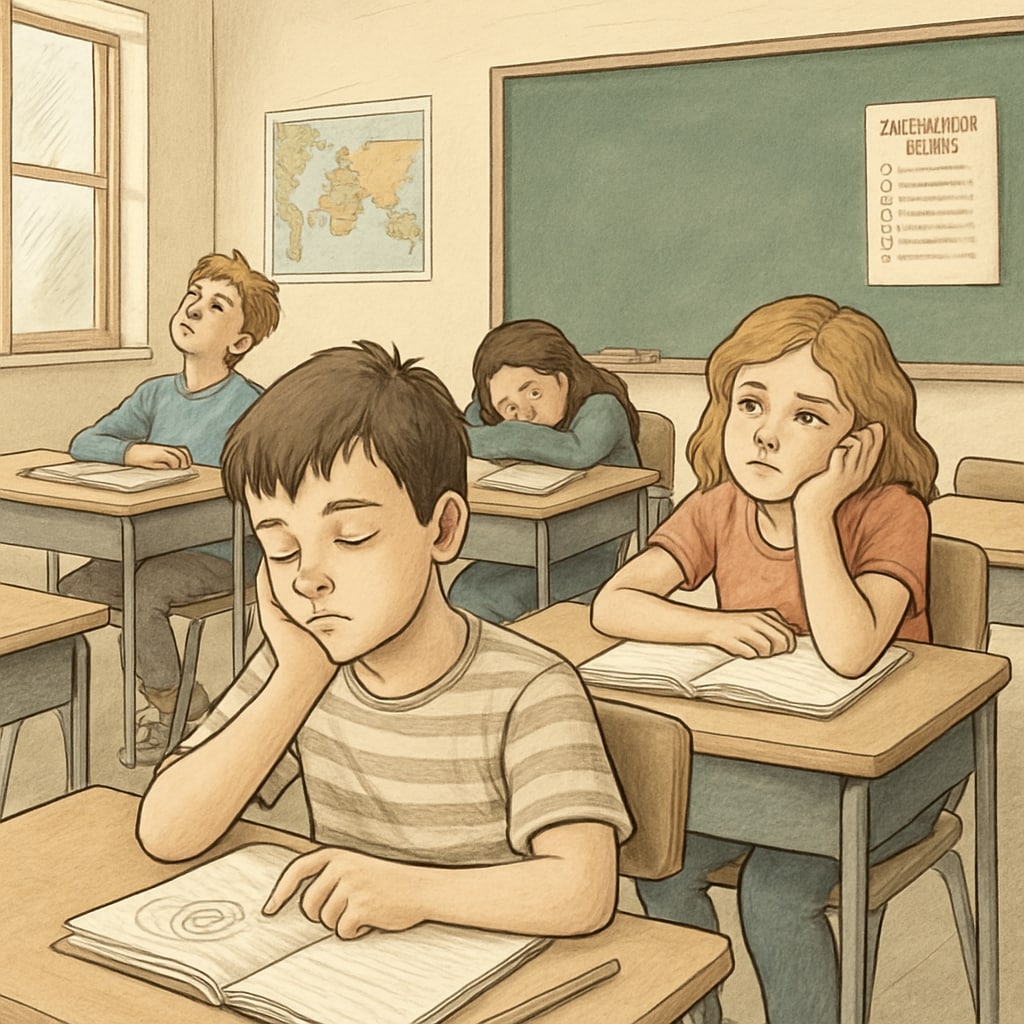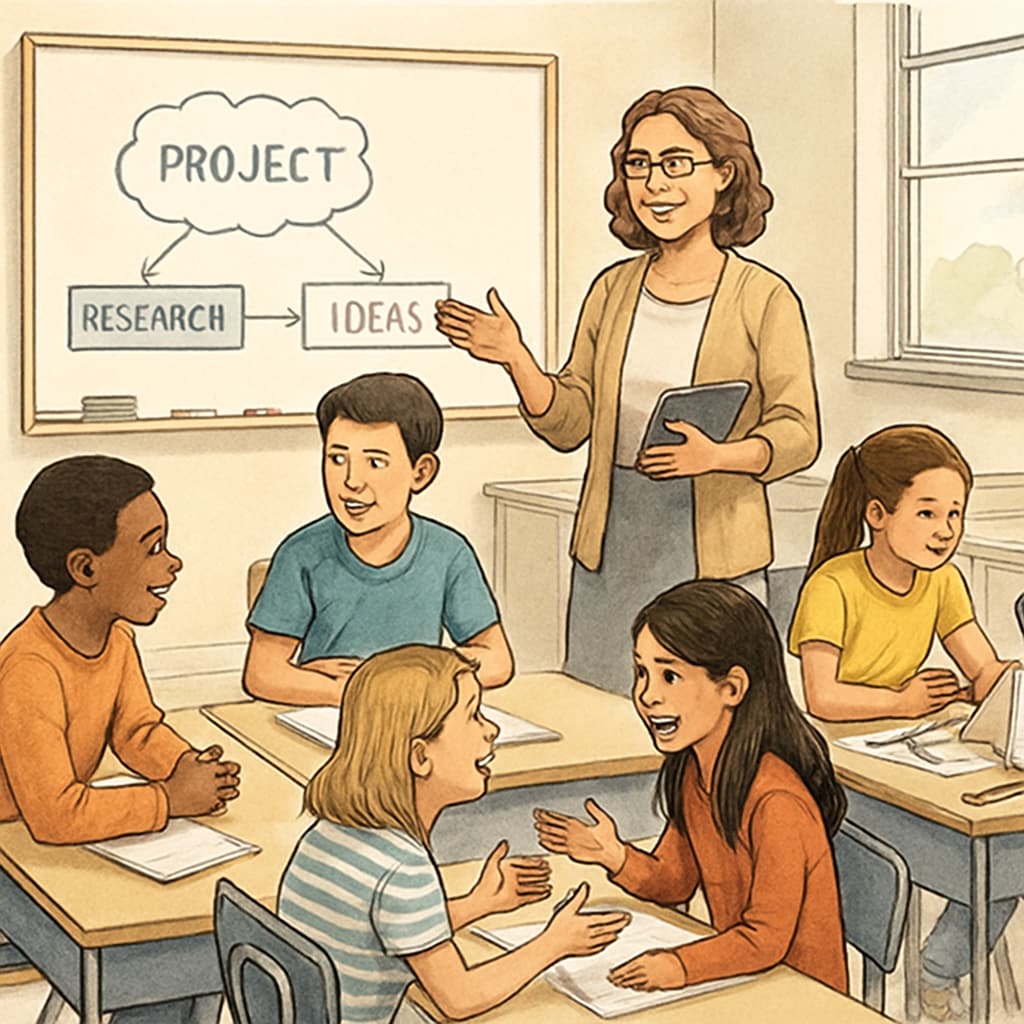Student boredom, education research, cross-national data collectively demonstrate that disengagement in classrooms is not limited to one country or region—it is a global phenomenon. Studies spanning continents reveal that students from diverse socio-economic backgrounds and education systems frequently report feeling unmotivated and uninterested during lessons. This widespread issue demands attention, as boredom in education has far-reaching implications for academic performance, mental health, and future career prospects.
Understanding the Causes of Student Boredom
One of the most significant reasons for student boredom lies in outdated teaching methodologies. Traditional lecture-based approaches often fail to engage students who are accustomed to interactive and dynamic digital experiences. In addition, curricula sometimes lack relevance to students’ lives, making it difficult for them to connect their learning to real-world applications.
Another contributing factor is the lack of individualized learning opportunities. Many education systems prioritize standardization, leaving little room for personalized instruction tailored to the unique interests and strengths of students. As a result, students may feel alienated when they cannot relate to the material being taught.

The Impact of Classroom Boredom
Boredom in educational settings can have serious consequences. Studies indicate that students who frequently experience boredom are more likely to underperform academically and exhibit behavioral issues. Furthermore, prolonged disengagement can lead to mental health challenges such as anxiety and depression.
On a broader scale, the economic implications are concerning. Disengaged students are less likely to develop essential skills needed for the workforce, potentially leading to a mismatch between education outputs and job market demands. For example, a report by Britannica highlights how lack of engagement in STEM subjects can contribute to shortages in critical industries.

Solutions to Combat Student Boredom
Addressing student boredom requires a multi-faceted approach. Here are some effective strategies educators can implement:
- Integrating technology: Leveraging interactive tools such as educational apps and virtual simulations can make lessons more engaging and relatable.
- Project-based learning: Encouraging students to work on real-world problems fosters critical thinking and creativity while keeping them invested in the process.
- Flexible curricula: Offering elective courses and incorporating student interests into mandatory subjects can increase motivation and enthusiasm.
- Collaborative teaching: Group activities and peer-to-peer learning create dynamic and inclusive environments that reduce feelings of isolation.
Moreover, professional development for educators is crucial. Training programs that focus on innovative teaching strategies can equip teachers to better connect with students and adapt to their evolving needs. For detailed insights, Wikipedia’s entry on education provides valuable information on teacher training and modern pedagogical approaches.
Looking Ahead: A Global Responsibility
Student boredom is a universal challenge that requires collective effort from educators, policymakers, and communities. By prioritizing engagement and rethinking traditional approaches to education, stakeholders can create a more dynamic learning environment that inspires students to thrive academically and personally.
As global research continues to shed light on this pervasive issue, it is crucial for education systems to evolve and embrace innovation. Tackling classroom boredom is not just about improving grades—it is about shaping a generation that is curious, motivated, and ready to face the challenges of tomorrow.
Readability guidance: This article uses short paragraphs, active voice, and clear transitions (e.g., “however,” “in addition,” “as a result”) to ensure accessibility. Lists are included to summarize solutions effectively, and passive voice is minimized for clarity.


